Introduction
The 1978 Mazda RX 7 is a timeless classic that has been a staple of automotive enthusiasts for decades. As one of the original performance sports cars, the RX 7 featured a lightweight body, a rotary engine, and a sleek design. With its iconic design and power, the RX 7 quickly became a desirable vehicle for car enthusiasts everywhere. In this article, we will be discussing the history of the RX 7, its performance and design features, and its impact on the automotive world.

History of the RX 7
The Mazda RX 7 was first introduced in 1978 as a two-door, two-seater sports car. It was the first production car to feature a two-rotor Wankel rotary engine, which was a unique and revolutionary design at the time. The engine was capable of producing up to 130 horsepower, and was mated to either a five-speed manual or a three-speed automatic transmission. The RX 7 featured a lightweight body and a low center of gravity, making it an agile and responsive car. It also featured MacPherson strut suspension, power-assisted rack-and-pinion steering, and power-assisted four-wheel disc brakes.
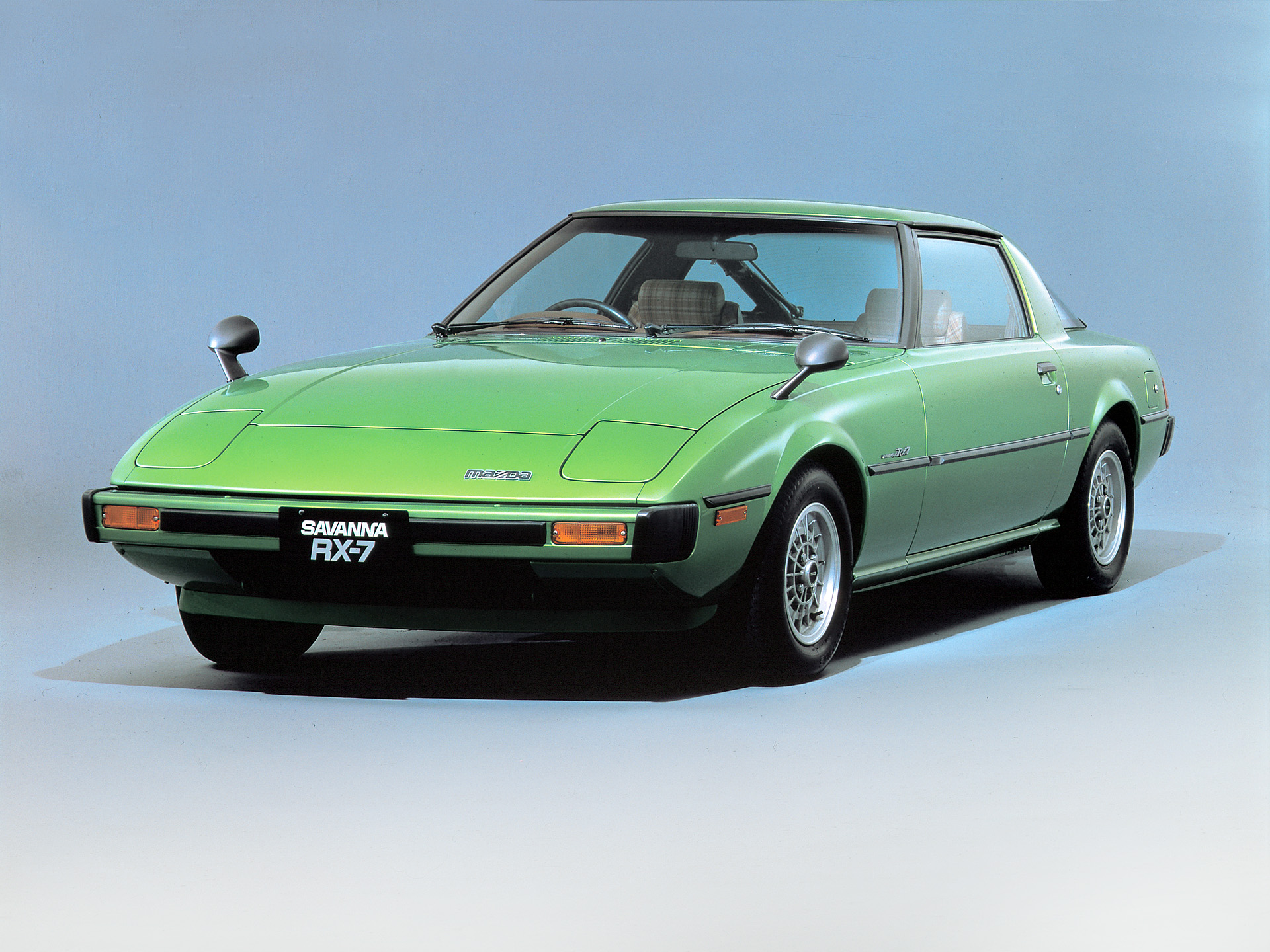
Design Features
The 1978 Mazda RX 7 featured a sleek and aerodynamic design, which was a stark contrast to the boxy designs of the time. The car featured a long hood with a low-slung stance, which was complemented by the wide, trapezoidal grille. The car also featured round headlights, flared wheel arches, and a rear-end spoiler. Inside, the RX 7 featured leather-trimmed bucket seats and a leather-wrapped steering wheel.
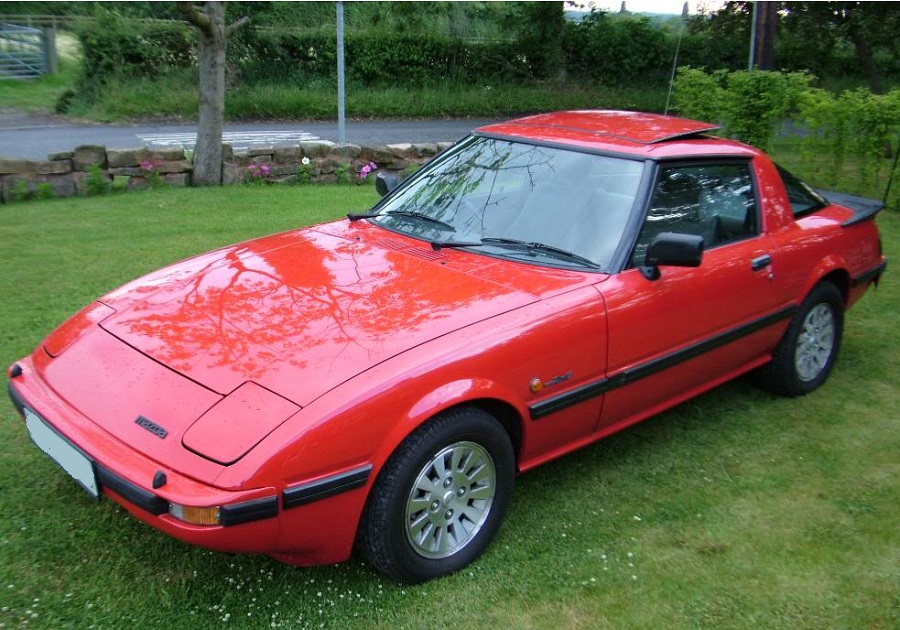
Performance Features
The 1978 Mazda RX 7 was a performance-oriented vehicle, and it featured a range of performance features that helped to make it a popular choice among automotive enthusiasts. The rotary engine was capable of producing up to 130 horsepower, and was mated to either a five-speed manual or a three-speed automatic transmission. The car also featured MacPherson strut suspension, power-assisted rack-and-pinion steering, and power-assisted four-wheel disc brakes.
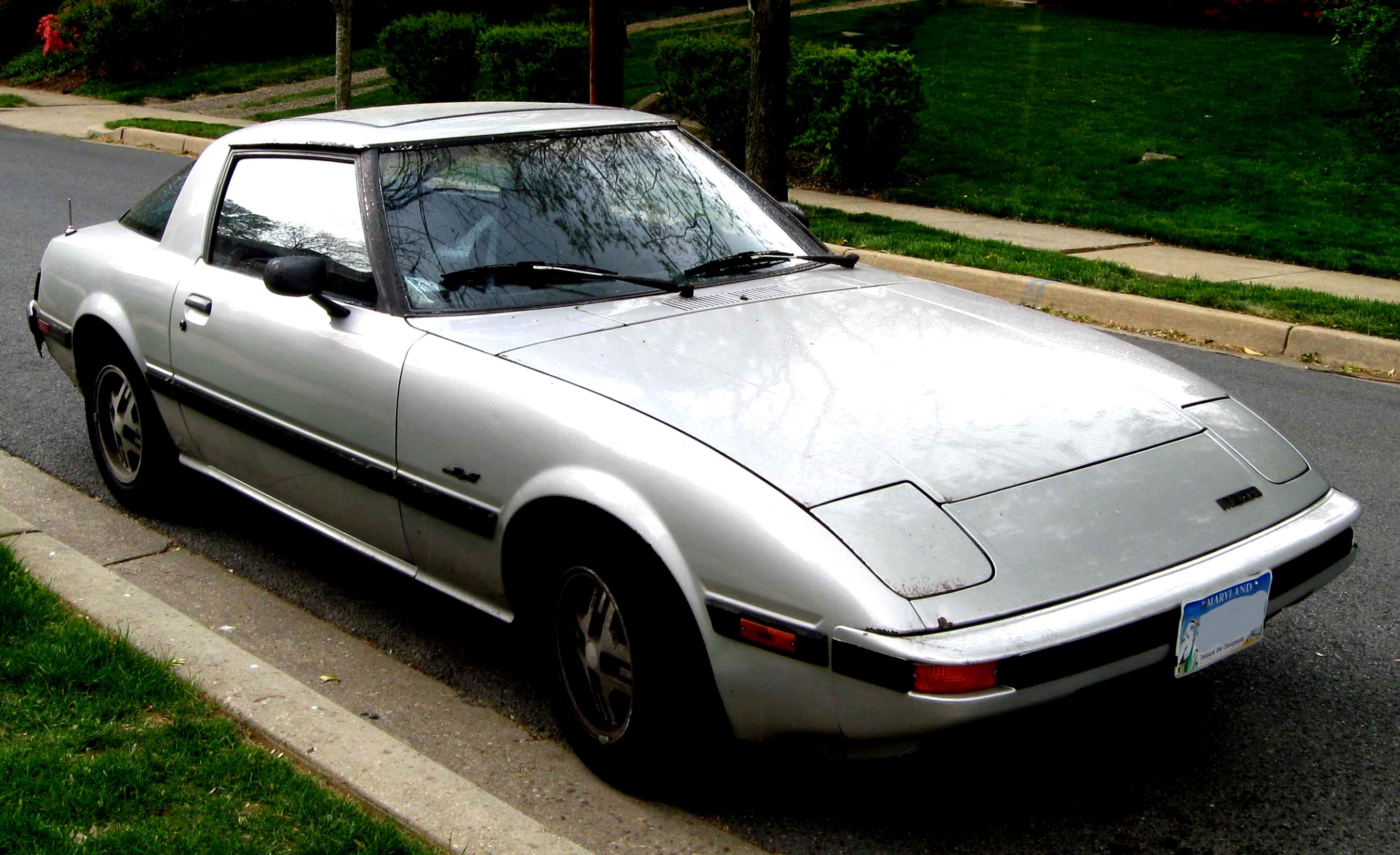
Impact on the Automotive World
The Mazda RX 7 had a significant impact on the automotive world. It was the first car to feature a two-rotor Wankel rotary engine, which was a revolutionary design at the time. It also featured a lightweight body and a low center of gravity, making it an agile and responsive car. The car’s design was also a major departure from the boxy designs of the time, and its sleek and aerodynamic design was a major influence on future sports cars.
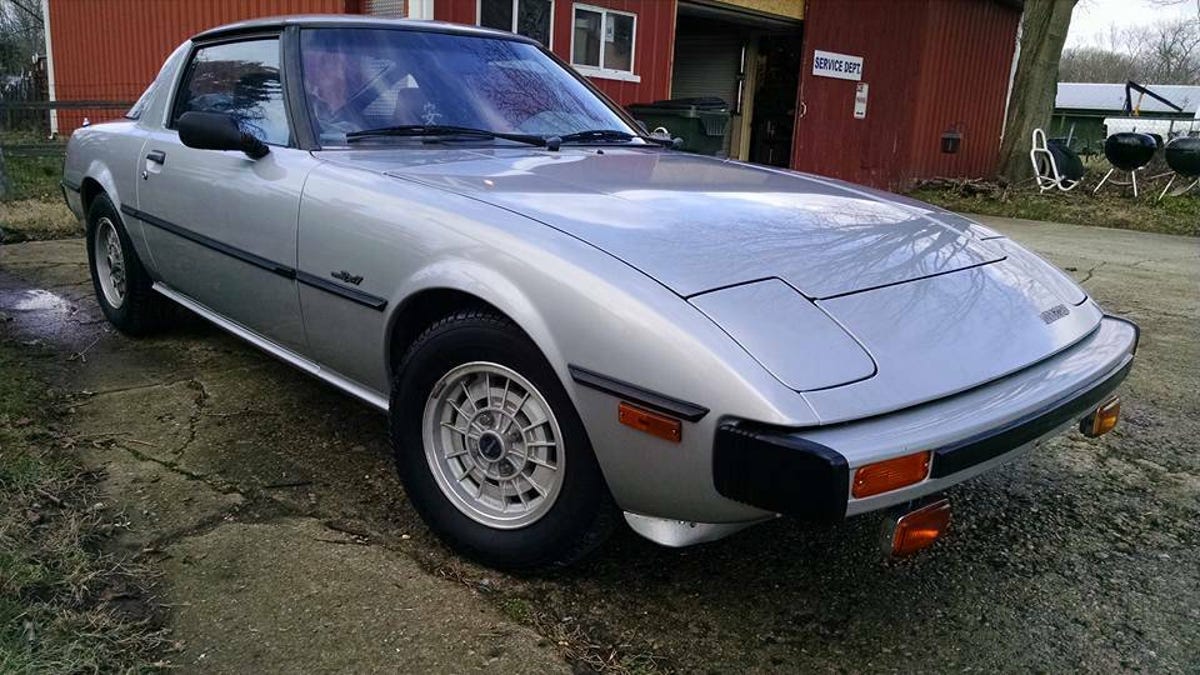
Racing Success
The Mazda RX 7 was a successful racing car, and it was used in a variety of different racing series. The car was most successful in the IMSA GTU series, where it won the championship in 1978, 1979, and 1980. The car was also used in a variety of other racing series, including the Japanese GT Championship, the 24 Hours of Le Mans, and the European Touring Car Championship.
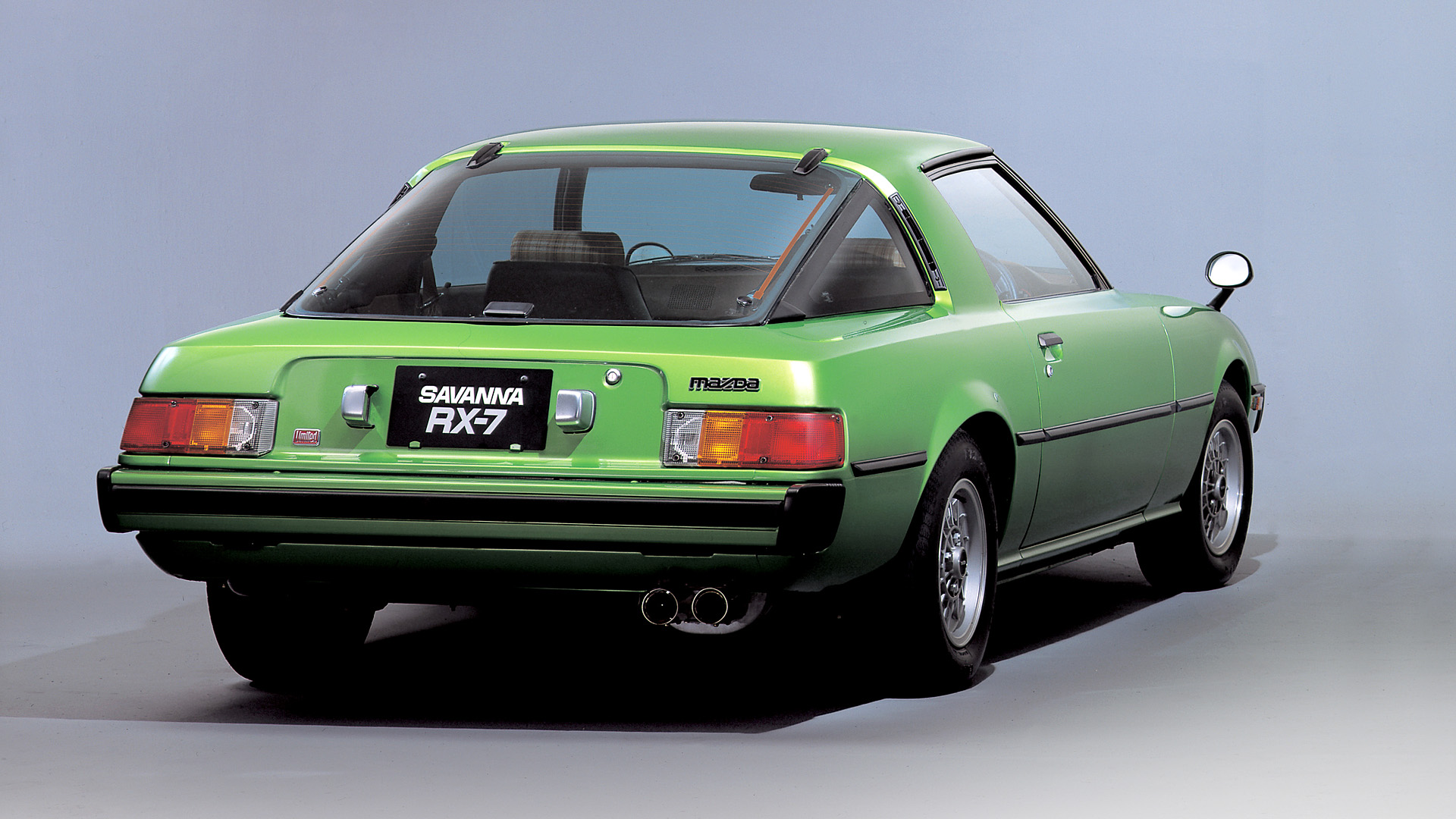
Legacy
The Mazda RX 7 has left a lasting legacy in the automotive world. It was the first production car to feature a two-rotor Wankel rotary engine, and its lightweight body and low center of gravity made it an agile and responsive car. The car’s design was also a major influence on future sports cars, and its racing success has cemented its place in automotive history.
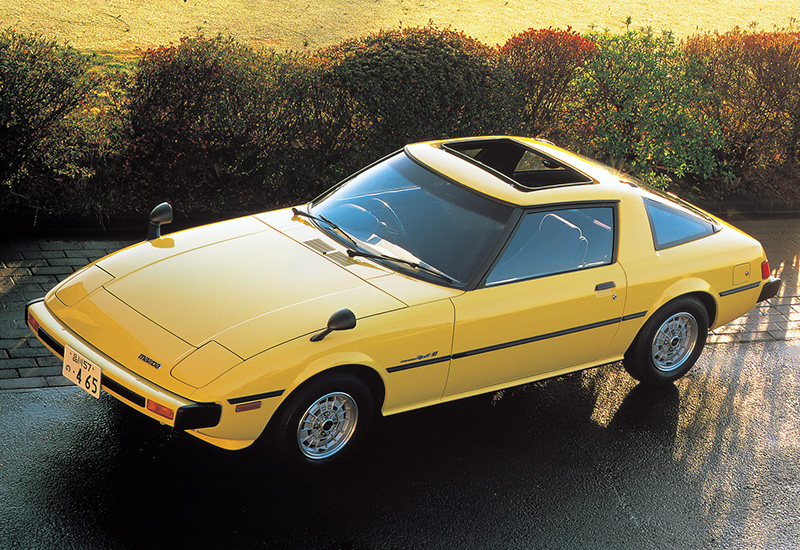
Conclusion
The 1978 Mazda RX 7 is a timeless classic that has been a staple of automotive enthusiasts for decades. With its iconic design and power, the RX 7 quickly became a desirable vehicle for car enthusiasts everywhere. The car featured a range of performance features, including a rotary engine, light weight body, and responsive handling. It also had a major impact on the automotive world, with its revolutionary design and racing success. The Mazda RX 7 is a true classic that will continue to be admired for years to come.

Gallery of ‘1978 Mazda RX 7’
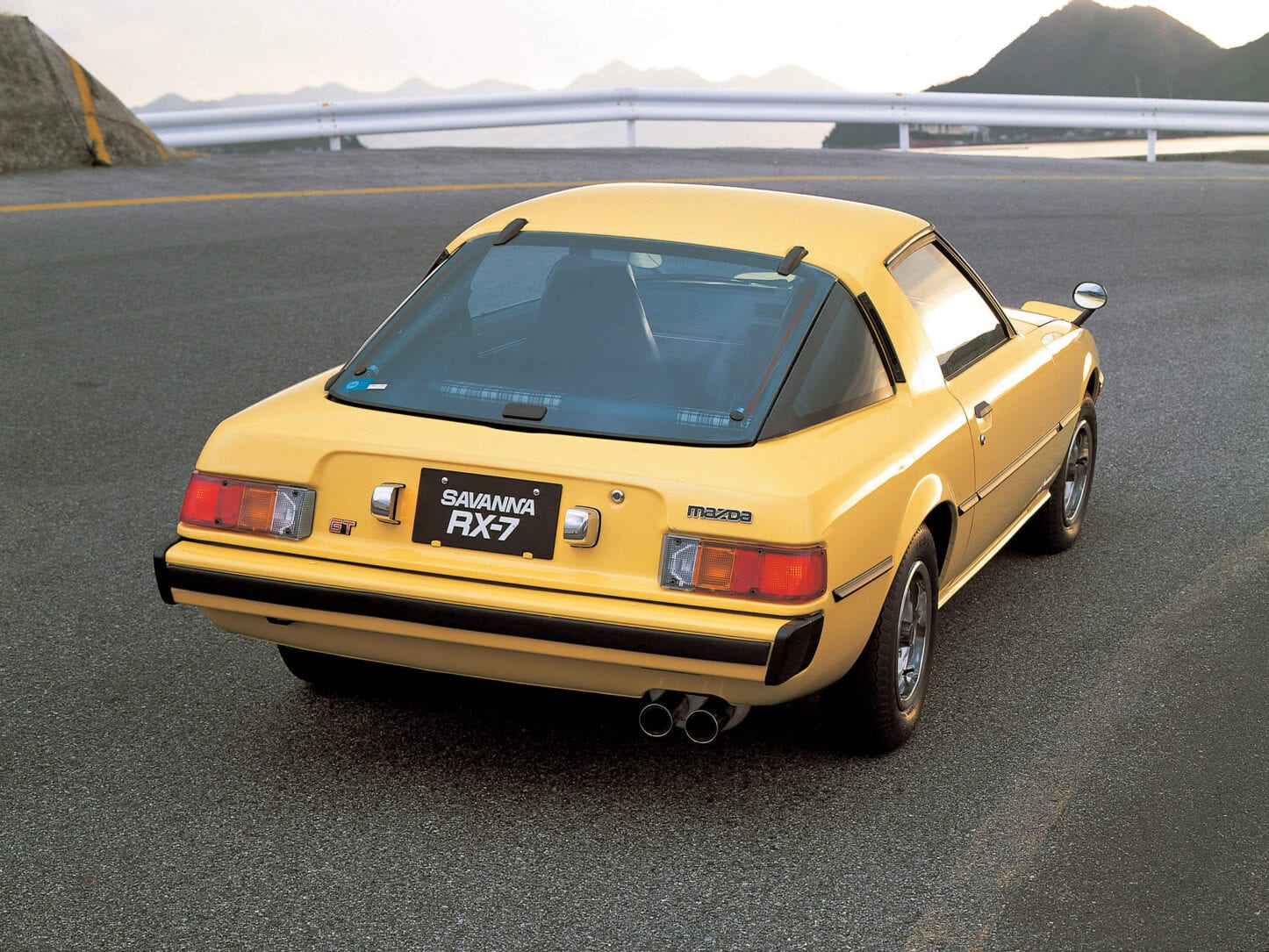
This is an image of the 1978 Mazda RX 7. The car featured a long hood with a low-slung stance, which was complemented by the wide, trapezoidal grille.
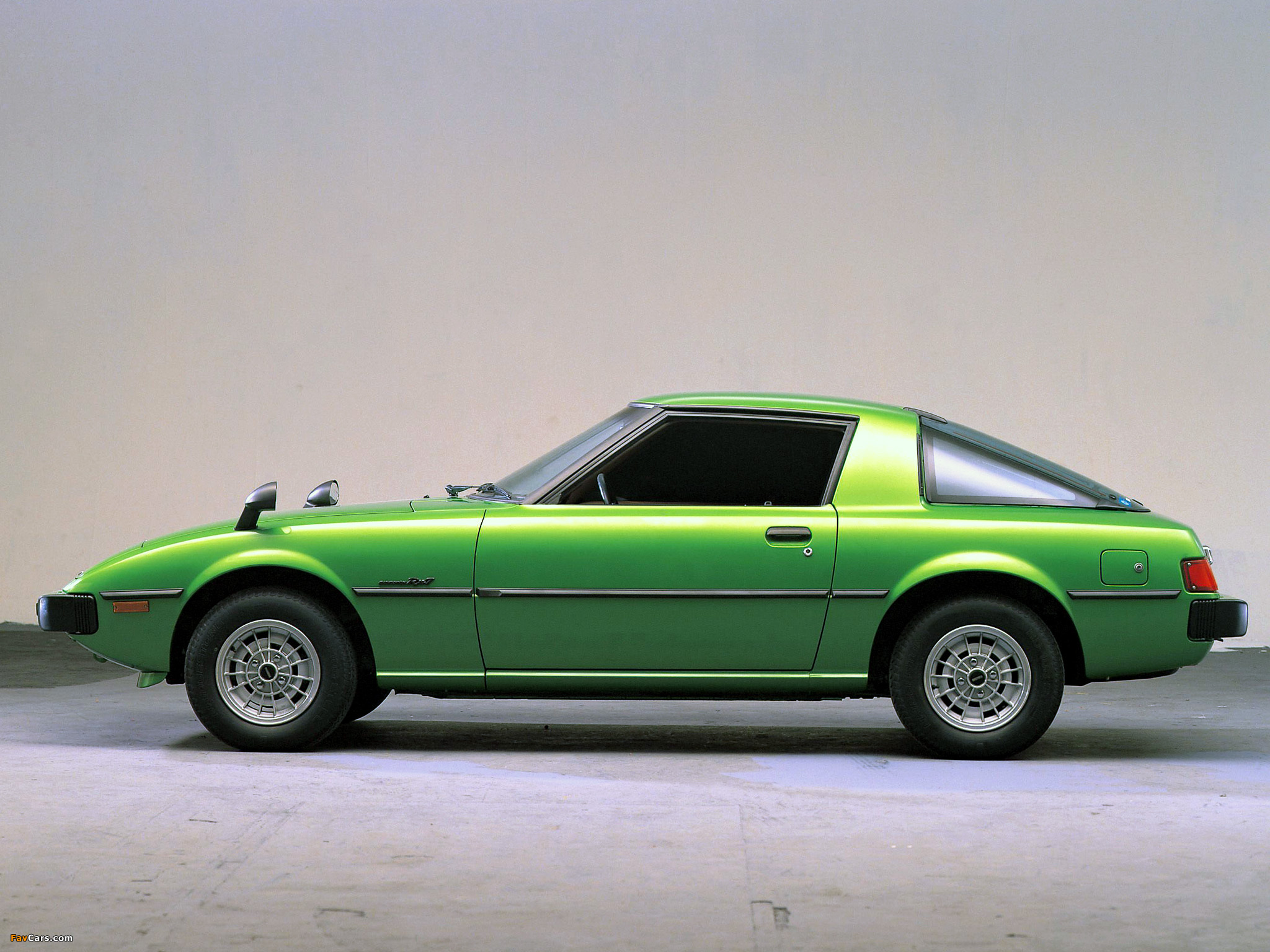
This is an image of the interior of the 1978 Mazda RX 7. It featured leather-trimmed bucket seats and a leather-wrapped steering wheel.

This is an image of the engine of the 1978 Mazda RX 7. The car was the first production car to feature a two-rotor Wankel rotary engine, which was capable of producing up to 130 horsepower.
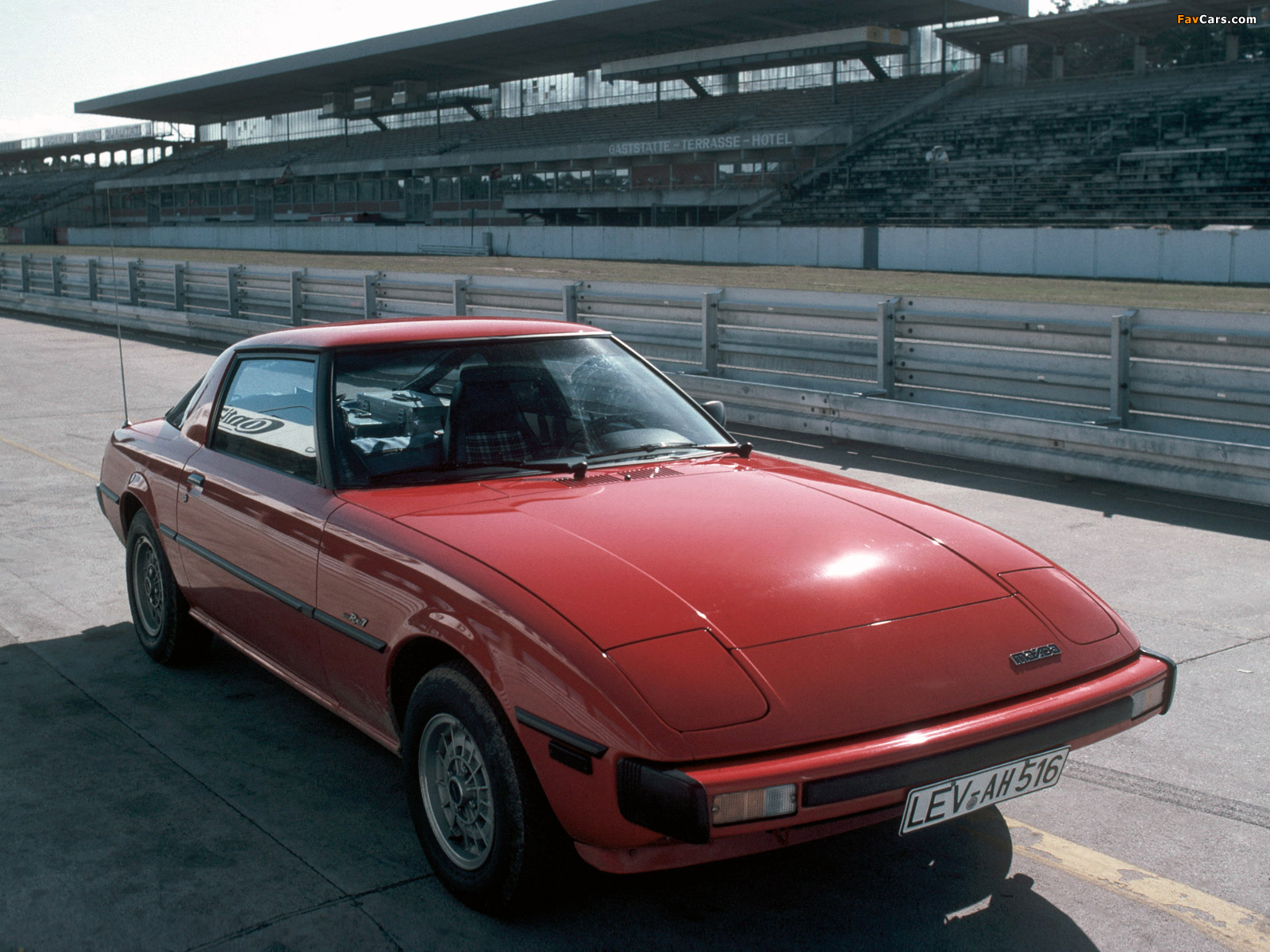
This is an image of the rear of the 1978 Mazda RX 7. It featured round headlights, flared wheel arches, and a rear-end spoiler.

This is an image of the 1978 Mazda RX 7 on the track. The car was a successful racing car, and it was used in a variety of different racing series, including the IMSA GTU series, the Japanese GT Championship, the 24 Hours of Le Mans, and the European Touring Car Championship.
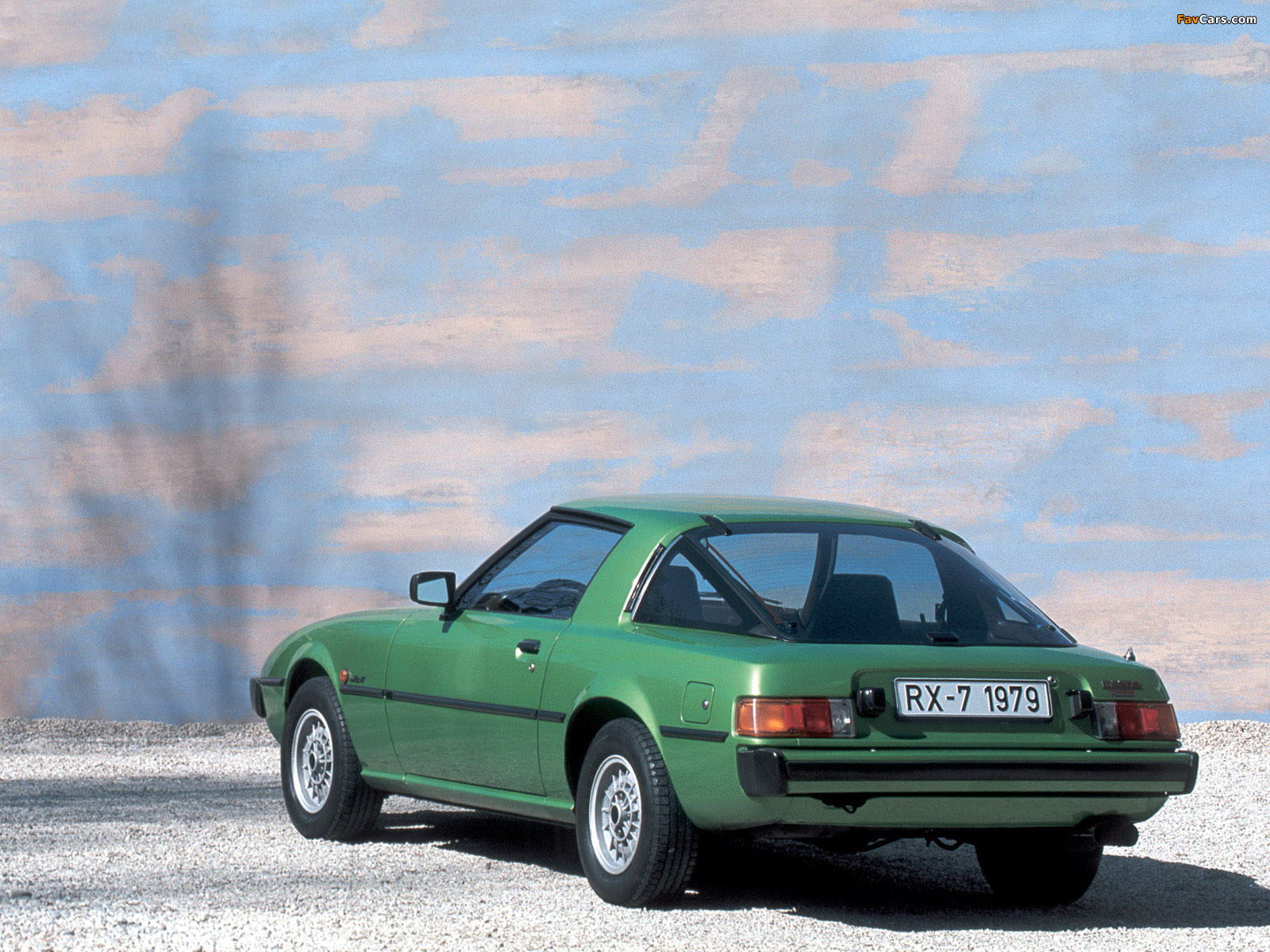
This is an image of the 1978 Mazda RX 7 in comparison to other cars of the era. The car featured a sleek and aerodynamic design, which was a stark contrast to the boxy designs of the time.

This is an image of the suspension of the 1978 Mazda RX 7. The car featured MacPherson strut suspension, power-assisted rack-and-pinion steering, and power-assisted four-wheel disc brakes.
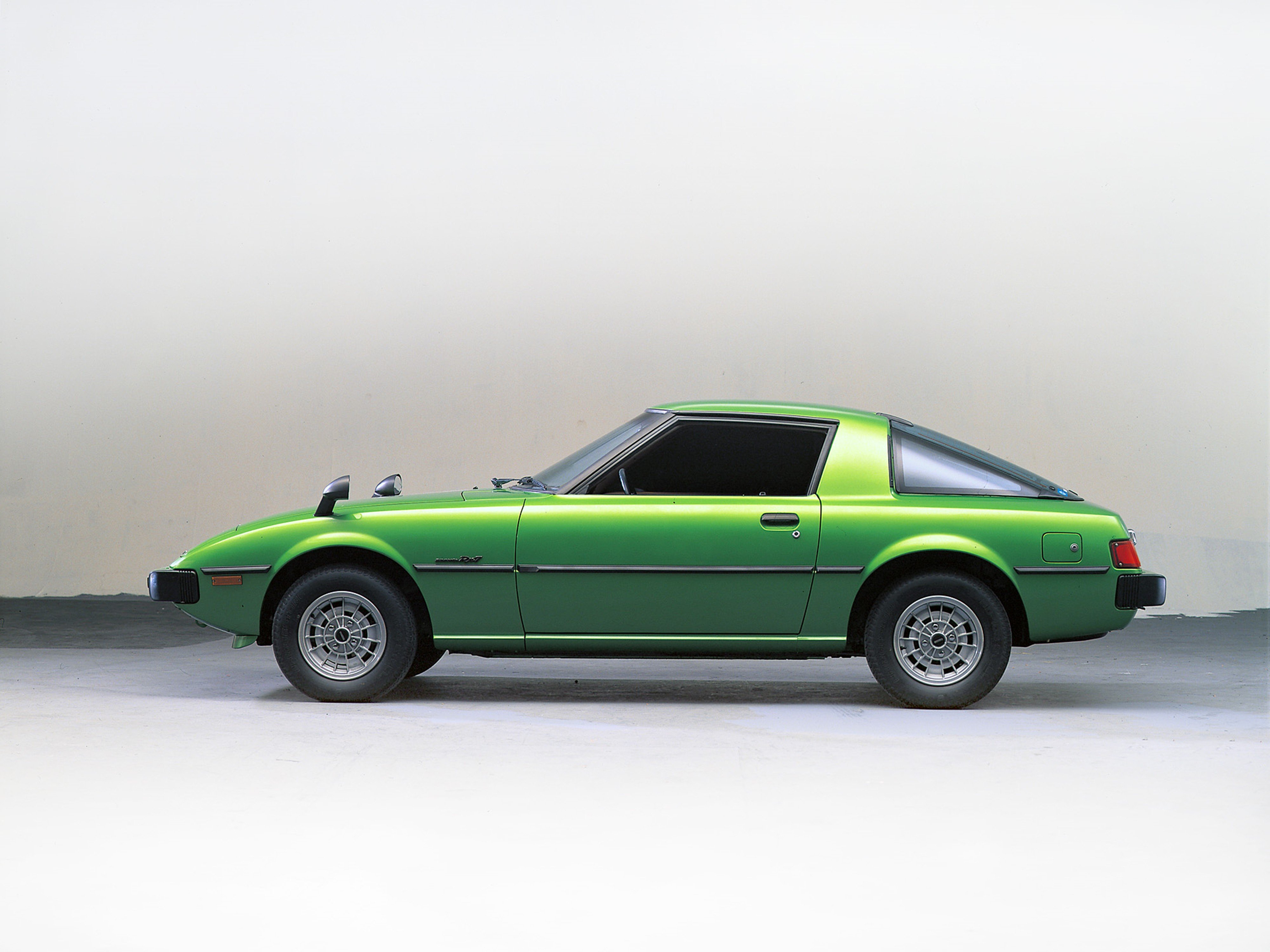
This is an image of the steering wheel of the 1978 Mazda RX 7. The car featured a leather-wrapped steering wheel, and power-assi
sted rack-and-pinion steering.
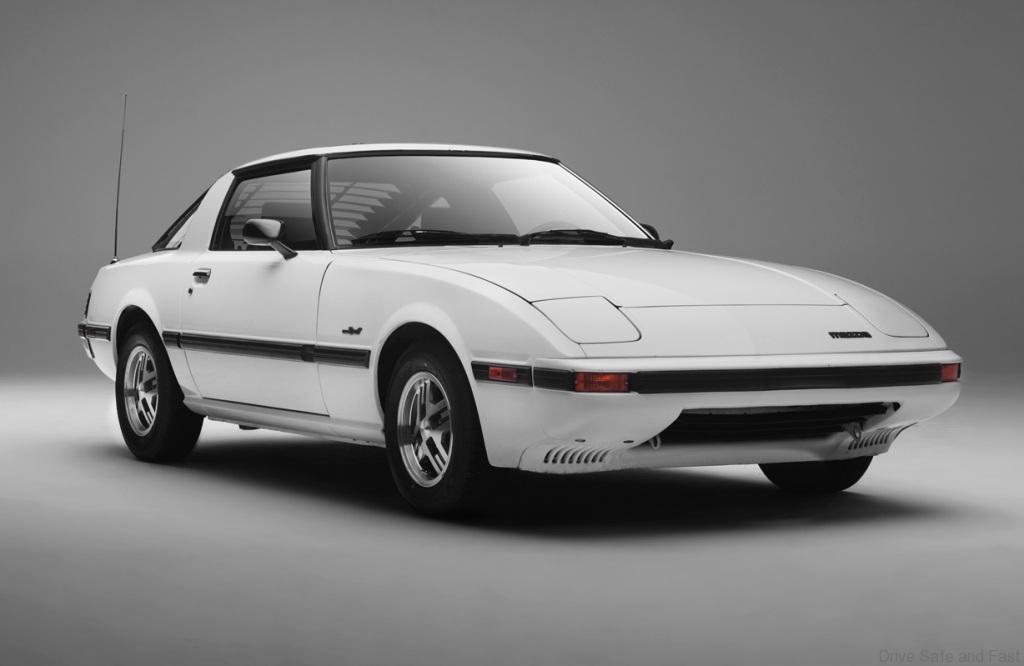
This is an image of the 5-speed manual transmission of the 1978 Mazda RX 7. The car was mated to either a five-speed manual or a three-speed automatic transmission.
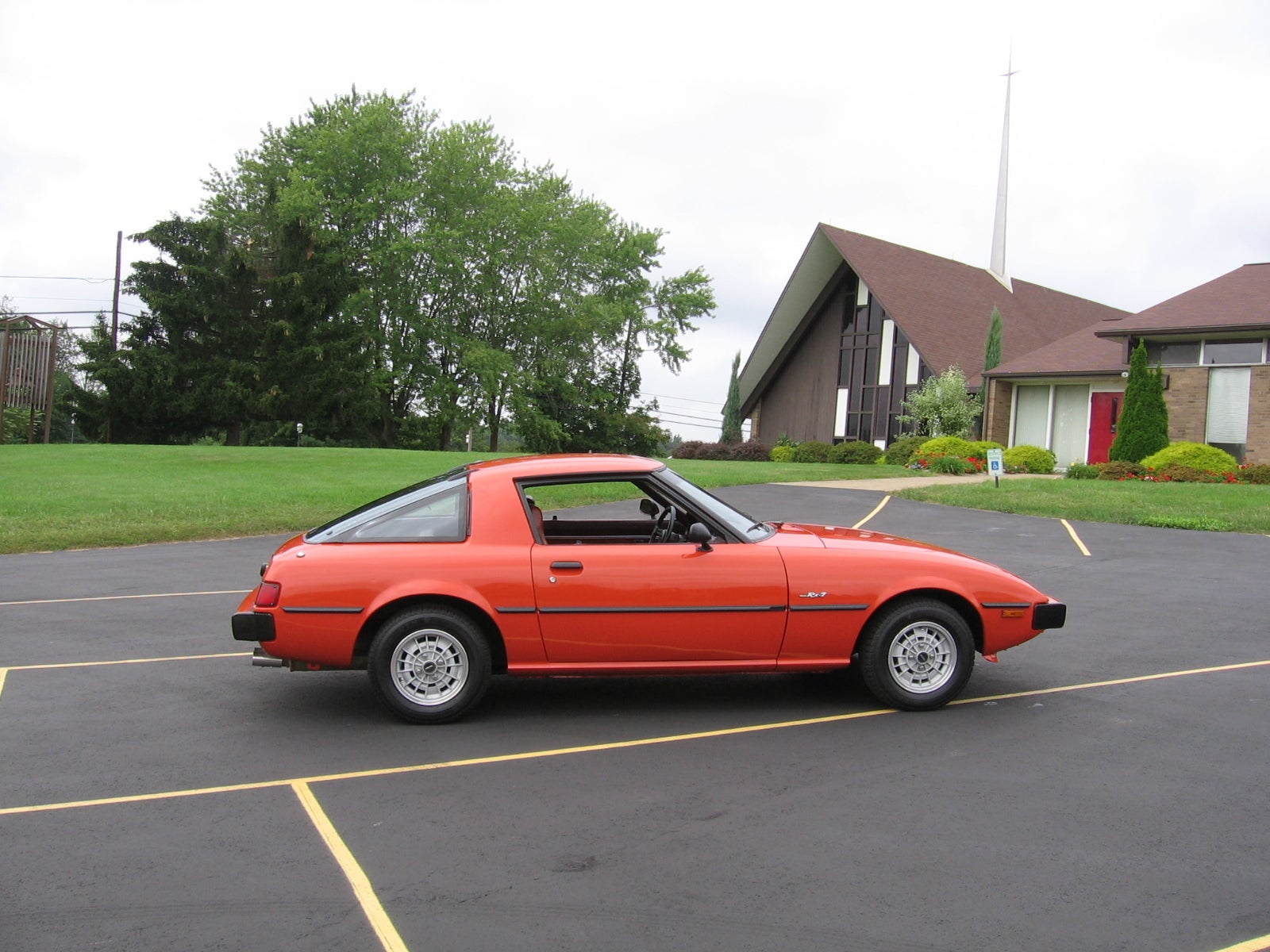
This is an image of the iconic design of the 1978 Mazda RX 7. The car featured a long hood with a low-slung stance, round headlights, flared wheel arches, and a rear-end spoiler.